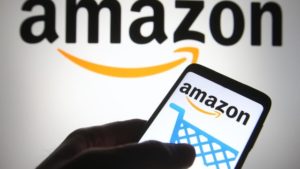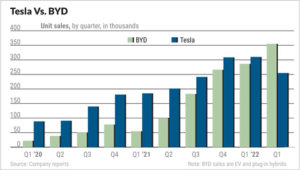Subscribe to a New Porsche

One of the things that the internet changed is the rise of the subscription model as a basis for business. As a newsletter publisher, my business was already taking in 90% of its income by subscription when things started moving in the late 1990s. Today, dozens of businesses that used to sell their products conventionally (pay first and keep forever) are using the subscription model, because it is, in many ways, more appealing to consumers.
Now, the auto world wants in.
* In 2017, Porsche launched a subscription service giving drivers access to a range of vehicles for $2,000+ per month. Click here.
* In 2020, Volvo launched an all-in-one subscription service that included rental fees, service, maintenance, and in-car Wi-Fi. Click here.
* BMW recently made waves by offering access to several features, like heated seats, through paid monthly subscriptions. Click here.
* Tesla did it, too, when it launched a monthly subscription for full self-driving functionality last year.

Staffers at the Baltimore Museum of Art voted 89 to 29 last week to unionize amid an industry-wide movement to secure higher wages and better working conditions. BMA employees will join the American Federation of State, County, and Municipal Employees (AFSCME), Council 67.
Over the past two years, large institutions such as the New Museum and the Solomon R. Guggenheim Museum in New York and the Philadelphia Museum, as well as the MFA Boston and the Museum of Contemporary Art, Los Angeles, all formed unions. Click here.

Speaking of Amazon…
Prime Video, the company’s media division, spent a whopping $465 million producing the TV series The Lord of the Rings: The Rings of Power. Will it make that investment back, plus a profit? Judge for yourself. Click here to watch the trailer.
 MarkFord
MarkFord



